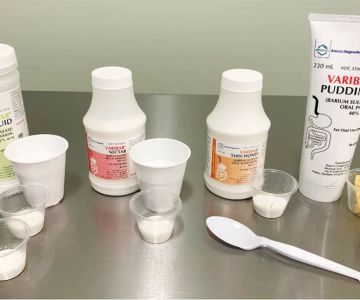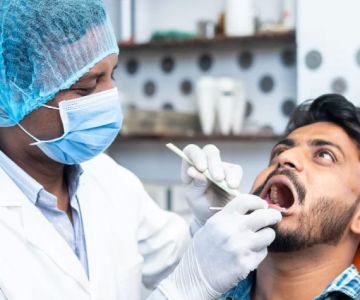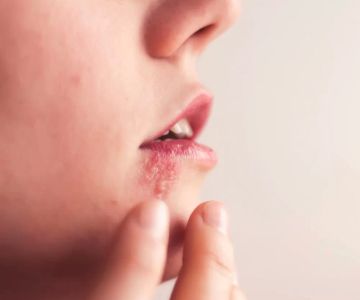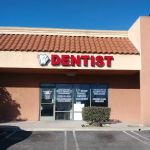Understanding the Importance of Checking Your Oral Health
Oral health is a vital part of overall well-being, yet many Americans overlook the importance of regular self-checks and dental visits. Your mouth can reveal early signs of serious conditions ranging from gum disease to oral cancer. Knowing how to check oral health empowers you to catch problems early, reduce costly treatments, and maintain confidence with a bright, healthy smile.
Oral health involves more than just cavity prevention. It encompasses gums, tongue, cheeks, and the ability to speak, eat, and socialize comfortably. Over the years, dental science has evolved to emphasize prevention and early intervention, encouraging people to become active participants in their oral care routine. In the United States, where dental care access varies widely, understanding self-assessment techniques is especially crucial.
Take, for example, Jessica, a schoolteacher from Ohio who noticed persistent gum sensitivity but delayed dental visits for years. After learning how to check oral health properly, she identified signs of gingivitis early and sought treatment, saving her from advanced periodontal disease. Her story highlights the power of knowledge and timely action.
1. Visual Examination: What to Look for in Your Mouth
1.1 Inspect Your Teeth for Discoloration and Damage
Start by looking closely at your teeth in a well-lit mirror. Healthy teeth should appear smooth, white or off-white, and free of cracks or chips. Yellowing or brown spots may indicate plaque buildup or early decay. Watch for visible holes or pits that could signal cavities. Jessica found small dark spots on her molars, prompting her to schedule a dentist visit before pain set in.
1.2 Check Your Gums for Color and Texture
Gums should be firm and pink, not red, swollen, or bleeding. Inflammation or soreness can be early signs of gum disease. Use a finger or clean cloth to gently feel for any tenderness or lumps. Remember, gums that bleed when brushing or flossing are warning signals and shouldn’t be ignored.
1.3 Examine Your Tongue and Inner Cheeks
Your tongue’s surface should be pink with small bumps (papillae). Watch for persistent white or red patches, sores, or ulcers. Also check the inner cheeks for lumps or unusual textures. These can sometimes indicate infections or, in rare cases, precancerous conditions. Early detection is key to effective treatment.
2. Recognizing Early Symptoms and Signs of Oral Health Problems
2.1 Persistent Bad Breath or Taste Changes
Halitosis that doesn’t improve with brushing or mouthwash could be a sign of underlying issues like gum disease or infections. Some individuals report a metallic or bitter taste, which may indicate oral health disturbances or systemic conditions.
2.2 Sensitivity and Pain
If you experience discomfort when consuming hot, cold, sweet, or acidic foods, this could point to enamel erosion, cavities, or gum recession. Sharp pain when biting suggests cracks or abscesses that require immediate attention.
2.3 Loose Teeth or Changes in Bite
Noticeable shifting of teeth or difficulty chewing may result from periodontal disease weakening the bone and tissue supporting teeth. Such signs should prompt prompt dental evaluation to prevent tooth loss.
3. At-Home Tools and Techniques for Oral Health Assessment
3.1 Using Dental Mirrors and Lights
Many pharmacies sell handheld dental mirrors and LED lights designed for at-home use. These tools allow a more thorough inspection of hard-to-see areas, helping you spot plaque buildup, decay, or gum inflammation earlier.
3.2 Daily Oral Hygiene Practices as Diagnostic Tools
Brushing and flossing daily not only maintain oral health but can reveal abnormalities like bleeding gums or sensitivity. Taking note of these during your routine care helps you monitor changes over time.
3.3 Oral Health Apps and Digital Aids
Emerging technology includes smartphone apps that guide you through oral exams, track symptoms, and remind you of dental appointments. Some apps even use AI to analyze photos of your teeth, offering preliminary assessments.
4. The Role of Professional Dental Exams and Screenings
4.1 What to Expect During a Dental Checkup
While self-checks are valuable, professional exams remain irreplaceable. Dentists use specialized tools to detect cavities, periodontal disease, and oral cancer early. X-rays reveal problems invisible to the naked eye. Cleanings remove tartar buildup that home brushing cannot.
4.2 Frequency of Dental Visits
For most adults in the U.S., biannual dental visits are recommended. However, those with existing dental problems or risk factors like smoking or diabetes may need more frequent care.
4.3 Advanced Screenings for Oral Cancer
Oral cancer screenings are critical, especially for adults over 40 or tobacco users. Early signs are often subtle but can be detected by dentists through thorough examination.
5. Lifestyle Factors Influencing Oral Health
5.1 Impact of Diet and Nutrition
Consuming sugary or acidic foods increases the risk of cavities and enamel erosion. A balanced diet rich in calcium, vitamins C and D supports strong teeth and gums. Hydration with water also helps rinse food particles and maintain saliva flow, which protects against decay.
5.2 Tobacco and Alcohol Use
Smoking and heavy alcohol consumption significantly increase risks for gum disease and oral cancers. Quitting or reducing these habits markedly improves oral and overall health.
5.3 Stress and Its Effects on Oral Health
Stress can lead to teeth grinding (bruxism) and reduce immune function, worsening gum conditions. Managing stress through relaxation and dental guards protects your smile.
6. Taking Action: When and How to Seek Help
6.1 Identifying Urgent Symptoms
Seek prompt dental care if you experience severe pain, swelling, bleeding that won’t stop, or visible sores lasting more than two weeks. These symptoms may indicate infections or serious conditions needing immediate treatment.
6.2 Choosing the Right Dental Provider
Finding a trusted dentist who offers comprehensive care and patient education is vital. Look for licensed professionals with positive reviews and convenient locations.
6.3 Using Resources Like Dentistry Toothtruth
For reliable recommendations and information on dental services in the U.S., visit Dentistry Toothtruth. Their expert guidance helps you connect with qualified dentists and stay informed about oral health best practices.







 Baldwin Park Family Dentistry4.0 (16 review)
Baldwin Park Family Dentistry4.0 (16 review) Sims Dentistry of Louisville4.0 (192 review)
Sims Dentistry of Louisville4.0 (192 review) Ridge Periodontics & Dental Implants3.0 (12 review)
Ridge Periodontics & Dental Implants3.0 (12 review) Jared Berger DMD3.0 (4 review)
Jared Berger DMD3.0 (4 review) David C. Li DDS4.0 (154 review)
David C. Li DDS4.0 (154 review) Blaine Kidds Pediatric Dentistry4.0 (410 review)
Blaine Kidds Pediatric Dentistry4.0 (410 review) The Importance of Oral Health Education During Pregnancy for a Healthy Pregnancy
The Importance of Oral Health Education During Pregnancy for a Healthy Pregnancy Best Tips for Brushing Your Teeth Properly for Healthy Gums: Essential Techniques for Oral Health
Best Tips for Brushing Your Teeth Properly for Healthy Gums: Essential Techniques for Oral Health Why Skipping Dental Checkups Can Lead to Bigger Oral Health Problems
Why Skipping Dental Checkups Can Lead to Bigger Oral Health Problems Advantages of Porcelain Dental Restorations
Advantages of Porcelain Dental Restorations How Can Diabetes Cause Tooth and Gum Problems? Preventing and Managing Oral Health Issues
How Can Diabetes Cause Tooth and Gum Problems? Preventing and Managing Oral Health Issues Healthy Habits for Promoting Good Oral Health and Hygiene: Tips for a Healthy Smile
Healthy Habits for Promoting Good Oral Health and Hygiene: Tips for a Healthy Smile